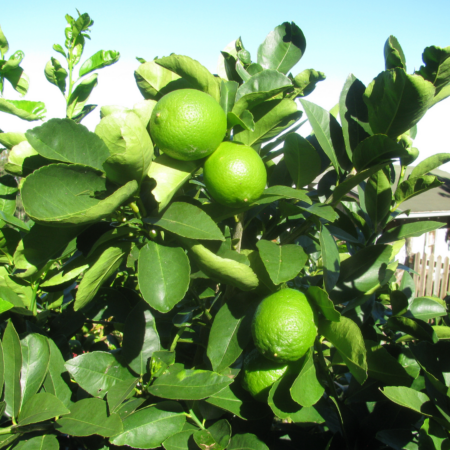Coco Plum, scientifically known as Chrysobalanus icaco, is a tropical fruit-bearing shrub or small tree native to coastal regions of the Caribbean, Florida, and Central and South America. Despite its name, Coco Plum is not related to coconuts but offers its own unique benefits and uses.
Contents
Botanical Features of Chrysobalanus icaco
Coco Plum is characterized by glossy, dark green leaves that are elliptical or lance-shaped, providing an attractive backdrop for its clusters of fruit. The foliage adds ornamental value to gardens and landscapes throughout the year.
The fruit of Chrysobalanus icaco is small, round, and plum-like, ranging in color from green to purple-black when ripe. It has a sweet and tangy flavor, reminiscent of cherries or plums, making it a delightful addition to culinary creations.

Growing Conditions and Care
Coco Plum thrives in full sun to partial shade and well-draining soil. It is adaptable to various soil types, including sandy and loamy soils, but prefers slightly acidic conditions. Regular watering is essential, especially during the establishment period.
Regular pruning helps maintain Coco Plum’s shape and encourages fruit production. Remove dead or diseased branches and thin out overcrowded growth to improve air circulation. Additionally, applying a balanced fertilizer in spring can promote healthy growth and fruiting.
Culinary and Medicinal Uses
The fruit of Coco Plum can be enjoyed fresh or used in a variety of culinary applications, including jams, jellies, sauces, and desserts. Its sweet-tart flavor adds depth to both sweet and savory dishes, making it a versatile ingredient in tropical cuisine.
In traditional medicine, various parts of the Coco Plum plant, including the leaves and fruit, are believed to possess medicinal properties. It is used to treat ailments such as diarrhea, stomachaches, and skin conditions. However, further research is needed to validate these claims.

Landscaping and Decorative Uses
Coco Plum is well-suited for coastal landscapes due to its tolerance to salt spray and wind. It can be used as a hedge, screen, or specimen plant, providing both ornamental value and fruit production in seaside gardens.
The fruit of Coco Plum is a favorite among wildlife, including birds and small mammals. Planting Coco Plum in gardens or naturalized areas can attract wildlife, promoting biodiversity and ecological balance.
Chrysobalanus icaco, or Coco Plum, is a versatile and resilient plant with ornamental, culinary, and potential medicinal uses. Whether grown for its glossy foliage, delicious fruit, or ecological benefits, Coco Plum adds beauty and functionality to tropical and coastal landscapes.
FAQs About Chrysobalanus icaco (Coco Plum)
- Is Coco Plum suitable for container gardening?Yes, Coco Plum can be grown in containers, provided they are large enough to accommodate its root system. Use well-draining potting mix and place the container in a sunny location.
- How often should Coco Plum be fertilized?Coco Plum benefits from regular fertilization with a balanced fertilizer during the growing season, typically in spring and summer. Follow label instructions for application rates.
- Are there any pests or diseases that affect Coco Plum?Coco Plum is relatively resistant to pests and diseases. However, occasional issues with aphids, scale insects, or fungal diseases may occur. Monitor the plant regularly and address any problems promptly.
- When is the best time to harvest Coco Plum fruit?Coco Plum fruit is best harvested when fully ripe, as indicated by its color and slight softness. Depending on the variety, fruit typically ripens from late spring to early fall.
- Can Coco Plum tolerate drought conditions?While Coco Plum prefers regular watering, it can tolerate short periods of drought once established. However, prolonged drought may affect fruit production and overall plant health.



